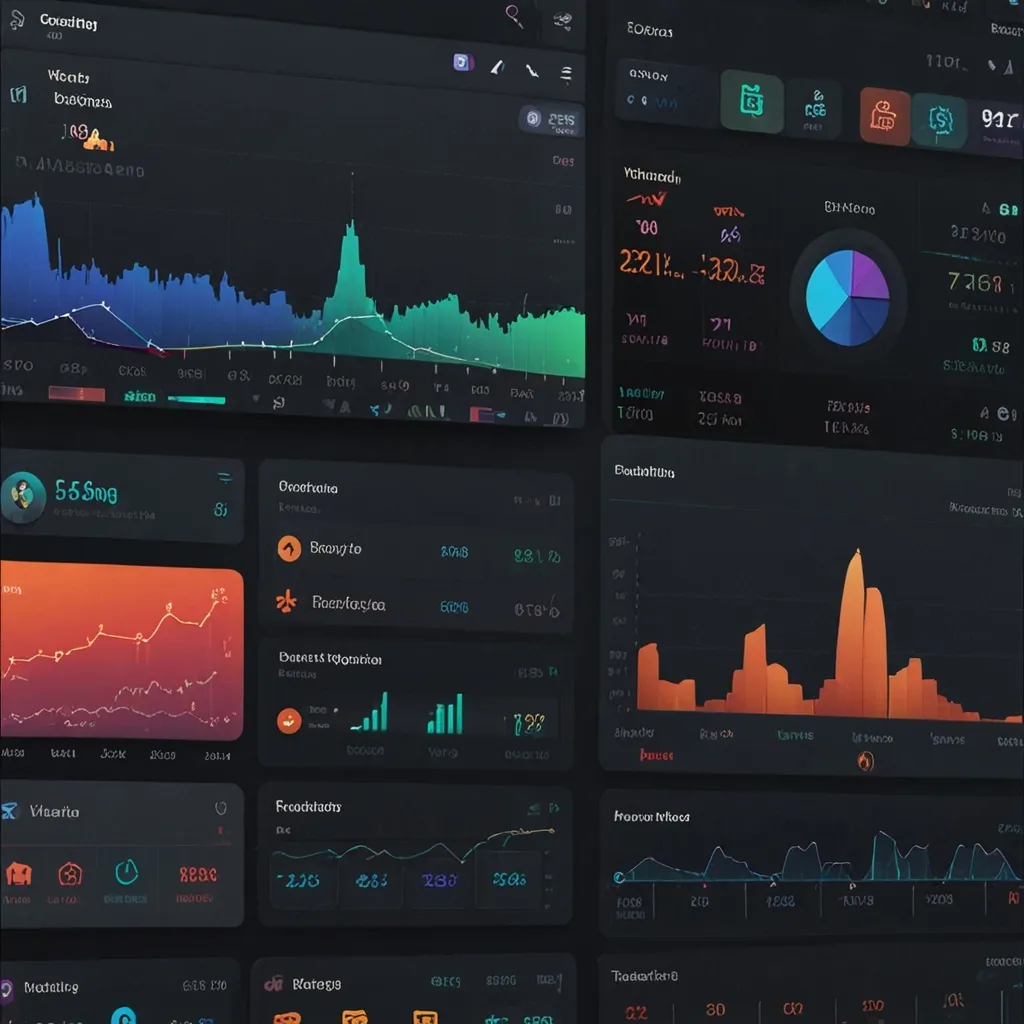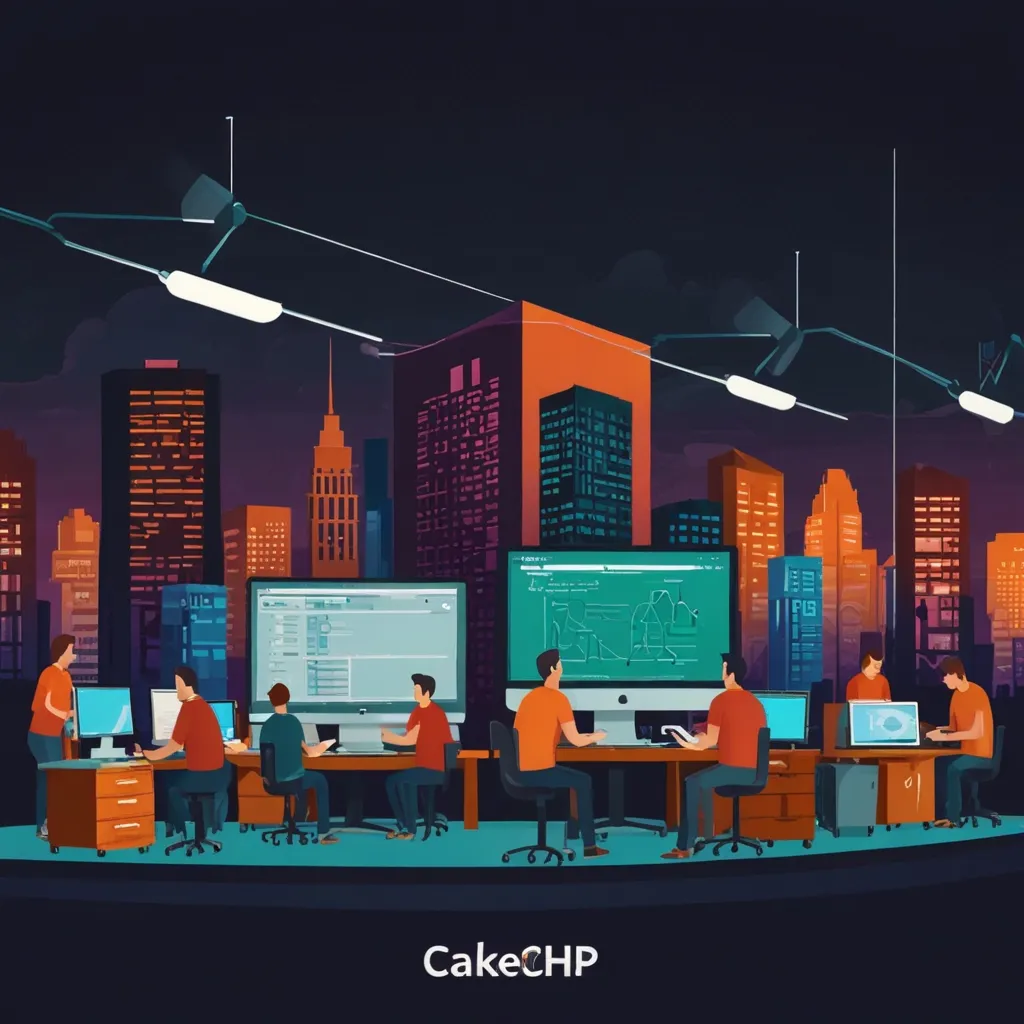When you’re diving into the world of coding, one essential thing you need to grasp is the idea of control flow. Control flow shapes how your code is executed, making your set of instructions flow in an organized, efficient, and predictable manner. It’s like the GPS for your code, directing it through various paths and making sure it gets from point A to point B seamlessly.
Imagine building a program without a proper control flow; it would be like driving through a city with no road signs. Total chaos, right? The main elements of control flow are sequence, selection, and iteration. Let’s break these down in a way that’s easy to digest.
First up, sequence control. This is the simplest and most intuitive form of control flow. Think of it as a to-do list where tasks are ticked off one after another. Every line of code runs in the order it appears, just like turning the pages of a book. If you’re declaring variables, doing some math, and then printing out results, they all happen one after another without skipping a beat.
Picture this in Python:
a = 5
b = 10
sum = a + b
print("The sum is:", sum)
Here, the code runs in a straightforward sequence. No detours or side trips, just a direct line from start to finish.
Next, we’ve got selection control, the “decision-maker” in our coding world. This is where conditions come into play. Remember those “Choose Your Own Adventure” books where you make choices and follow different storylines? That’s selection control in a nutshell. It’s all about if and switch (or switch-case for Python buffs using dictionaries).
An if-else statement checks a condition and decides which block of code to run based on whether the condition is true or false.
Here’s a quick peek:
a = 5
if a > 10:
print("a is greater than 10")
else:
print("a is less than or equal to 10")
Quite straightforward, right? The program checks if a is greater than 10. If it is, the first print statement runs. If not, the else clause kicks in.
Moving on to switch-case, while Python doesn’t directly support this like some other languages, we can get creative with dictionaries to achieve similar behavior. Here’s a taste:
def switch_demo(a):
switcher = {
1: "January",
2: "February",
3: "March",
4: "April",
5: "May",
6: "June",
7: "July",
8: "August",
9: "September",
10: "October",
11: "November",
12: "December"
}
return switcher.get(a, "Invalid month")
print(switch_demo(5)) # Output: May
Just like that, we’ve created a way for our code to make decisions based on different values of a.
Now, let’s talk about iteration control, the looping mechanism that repeats a block of code. Picture a song on repeat till you hit the stop button. There are several loops, but the stars of the show are for, while, and do-while loops.
A for loop shines when you know how many times you need to loop through something, like items in a list:
fruits = ["apple", "banana", "cherry"]
for fruit in fruits:
print(fruit)
The program will print each fruit, one by one. Couldn’t be simpler!
Not sure how many times you need to loop? Enter the while loop, perfect for those situations where the end isn’t precisely known:
count = 0
while count < 5:
print(count)
count += 1
Here, the loop keeps running as long as count is less than 5. It’s flexible and powerful, just like a good Swiss Army knife.
Then there’s the do-while loop. Though Python doesn’t have a straightforward do-while, you can simulate it with a while loop to ensure the code runs at least once:
count = 0
while True:
print(count)
count += 1
if count >= 5:
break
It’s a little workaround, but it gets the job done.
So why is all of this so important? Well, control flow is what makes our code efficient, readable, and capable of making decisions. It’s the foundation of program logic, ensuring our code doesn’t just run, but runs well.
Think of control flow in terms of efficiency. By optimizing how your code runs, you minimize wasted resources, like memory or processing power. It’s like tuning a car for better mileage. Clear control flow also makes your code easy on the eyes and soul, particularly when you’re debugging. Instead of a wild goose chase, you follow a well-marked path, making troubleshooting a breeze.
But it’s more than just about getting things done fast or fixing bugs easily. It’s about making decisions dynamically. In gaming, control flow decides what happens when a player hits a certain score. In web apps, it dictates what content to show based on whether a user is logged in or not. It’s the smart companion who always knows what the next best step is.
For example, in a weather monitoring system, sequence control gathers and processes data, selection control handles data validation, and iteration keeps everything updated automatically. It’s an orchestrated dance, with each control structure playing its part beautifully.
To make sure your control flow stays top-notch, follow a few best practices. Start with meaningful variable names. They act like clear signposts on a busy street. Good indentation goes a long way in making your code visually clean and understandable, especially with nested loops. And always steer clear of infinite loops; they’re nice in theory but disastrous in practice. Use comments wisely to explain the rationale behind your decisions. Think of them as friendly notes left behind for future you or another coder stepping into your shoes.
Visual aids like flowcharts can also be incredibly helpful. They give you a bird’s-eye view of how your program will run, acting as a pre-flight checklist before you take off.
In essence, mastering control flow is crucial for anyone serious about coding. It doesn’t just make your code run; it makes it sing. Efficient, readable, and dynamically adaptable code is always in demand, whether you’re building a tiny script or a massive software application. So get comfortable with these concepts and watch your coding journey become smoother and more enjoyable.






